Search Results for 'Land League'
23 results found.
Michael Davitt’s Glasgow Celtic links celebrated in Straide

A new exhibition celebrating the historic links between one of Mayo’s greatest patriots, Michael Davitt, and the Scottish football club, Glasgow Celtic, was officially opened at the Michael Davitt Museum in Straide last Friday.
The Dohertys of Carrigan were not ‘land-grabbers’

Galway Diary received the following statement from Adrian Martyn (great-great-great grandnephew of Peter Doherty, senior), who was shot dead at Carrigan, near Craughwell village on the night of November 2 1881. I am pleased to carry Adrian’s clarification:
The Land War: A desperate duel between Parnell and Forster
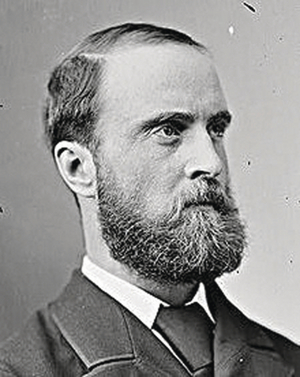
The continued unrest, murders, and large-scale protests as the Land War careered dangerously through the Irish countryside, led at last to some reform. William Gladstone’s Second Land Act of 1881 proposed broad concessions to the tenant farmer. But Parnell, the very effective leader of the Irish Parliamentary Party, was not satisfied. He said that tenants were still vulnerable to rent arrears and poverty resulting from poor harvests. He urged that the Act either accommodate these concerns, or be rejected.
When Loughrea was a ‘den of infamy’
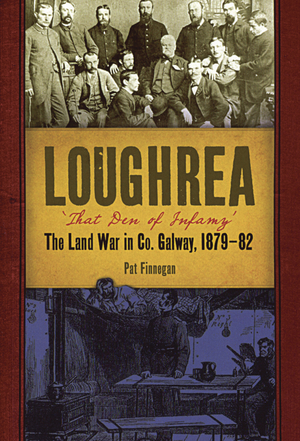
WITH ALL the attention being given to the run-up to the 1916 Rising, the event itself, and its aftermath, little if anything has been written in relation to the Land War, which took place some 35 years before Pearse stood in the steps of the GPO and read the Proclamation.
Uncertain future for Davitt museum
He is one of Mayo’s most famous sons who came to be known as a world renowned social activist, human rights campaigner, a statesman and an author, described as the Nelson Mandela of his era.
A royal visitor in ‘Pollok’s Time’
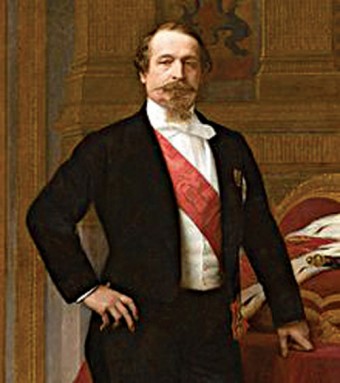
Earlier this year Galway Diary discussed the evictions implemented by Marcella Netterville and John Gerrard on their 7,000 acre estate at Ballinlass, near Mount Bellew Co Galway. In 1846 more that 400 families were heartlessly thrown out on the road, without any compensation. The land was being cleared to fatten cattle, which would have been far more profitable than tenants; many of whom, as the Great Famine tightened its terrible grip, were unable to pay their way. The Times of London famously commented that the Ballinlass evictions showed ‘the sublime indifference to social considerations of which no one but an Irish landowner is capable.’
‘ Prepared to fight and to die’ for Ireland
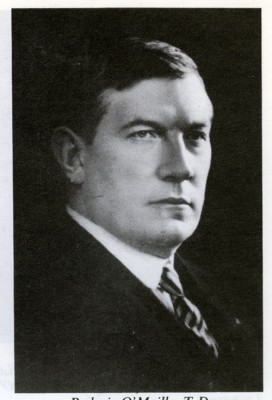
The general election of 1918 was also a plebiscite on the Easter Rising, two years previously. The Rising, and the destruction of the centre of Dublin, had been generally condemned. The Irish Parliamentary Party, under John Redmond, had been inching towards Home Rule; why bother with such violence? The belief was that the men and women of 1916 were brave, if foolhardy. Yet following the prolonged executions of the leaders, the massive round up of participants, and their imprisonment in Britain, a change of attitudes swept the country. This was perfectly illustrated in the election held on a bleak December day 1918. Sinn Féin had fielded candidates in every constituency. The campaign was vigorous and tough.
Fear and loathing in east Galway
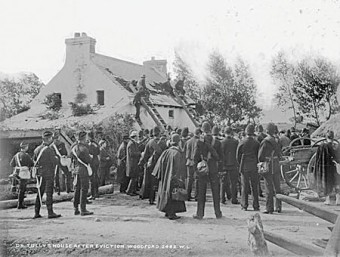
Following the extensive publicity and extraordinary use of more than 700 military, police, emergency men and bailiffs, to evict five families from the marquis of Clanricarde’s estate, the people of Woodford and all of east Galway were in a state of shock, anger and fear. It was now clear that Clanricarde would use every method within his considerable powers to evict any of his tenants who refused to pay their rent. Despite pleas for a rent reduction because of successive bad weather, he refused to even consider it. He scoffed at John Dillon’s Plan of Campaign, supported by the Land League, which urged tenants to stick together, and to refuse to pay unreasonable rent.
Mayo Heritage Projects benefit from Heritage Grant Scheme
A number of heritage projects in Mayo received financial grants and support throughout 2011 under the Heritage Council Grant Scheme.


